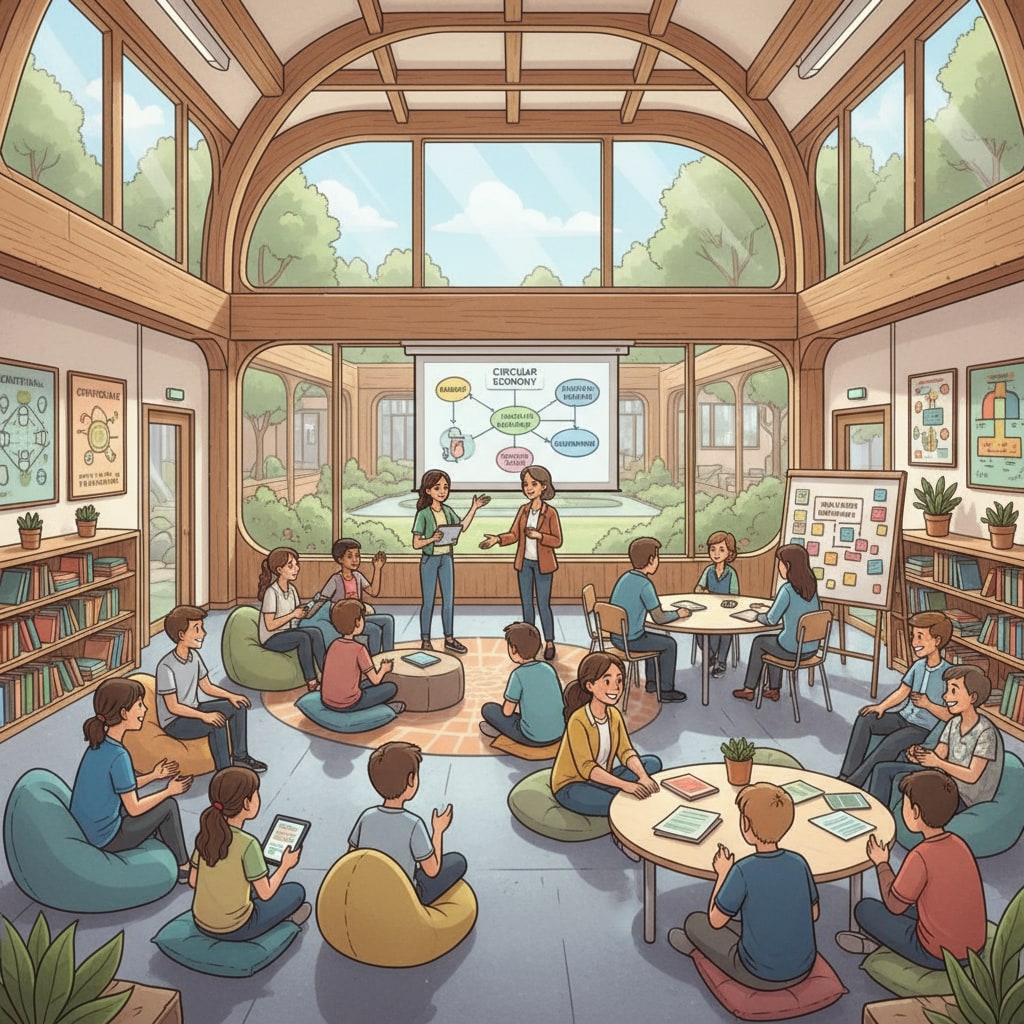Unconventional schools, leadership structures, and educational models are revolutionizing the way we think about education globally. In this article, we will explore cases from Australia, the UK, and the US to understand how these innovative approaches are reshaping the educational landscape.

Distributed Leadership in Australian Schools
In Australia, some schools are adopting a distributed leadership model. This means that leadership is not concentrated in the hands of a single principal but is spread among various members of the school community. Teachers, students, and even parents can play significant leadership roles. For example, in certain schools, teachers are given the autonomy to design and implement their own teaching programs. This not only empowers teachers but also allows for more personalized and effective education. According to Wikipedia’s Education in Australia page, this distributed approach has led to increased staff morale and better student outcomes.

Teacher Autonomy in UK Educational Settings
In the UK, teacher autonomy is a key feature of many non – traditional leadership structures. Teachers have more freedom in curriculum design and classroom management. Schools are moving away from a top – down management style and towards a more collaborative model. As a result, teachers can bring their unique skills and knowledge to the classroom. For instance, some teachers are integrating innovative teaching methods such as project – based learning. This aligns with the broader educational reform efforts in the UK, as described on Britannica’s Education in the United Kingdom page.
These models of teacher autonomy are changing the educational dynamics. Teachers are more engaged, and students are exposed to a wider range of educational experiences.
Student Participation in US School Decision – Making
In the US, an increasing number of schools are involving students in the decision – making process. This is a significant shift in the leadership structure. Students are given a voice in matters such as curriculum choices, school policies, and extracurricular activities. For example, in some high schools, students are part of the committee that decides which new courses to offer. This not only makes students feel more invested in their education but also equips them with valuable leadership and decision – making skills.
Overall, these non – traditional leadership structures in schools across different countries are providing valuable insights into the future of education. They show that by distributing leadership, granting teacher autonomy, and involving students in decision – making, we can create a more inclusive and effective educational environment.

Readability guidance: We have used short paragraphs and lists to summarize key points. Each H2 section has a clear focus. Passive语态 has been minimized, and transition words like ‘for example’, ‘as a result’ have been used to enhance the flow of the article.


